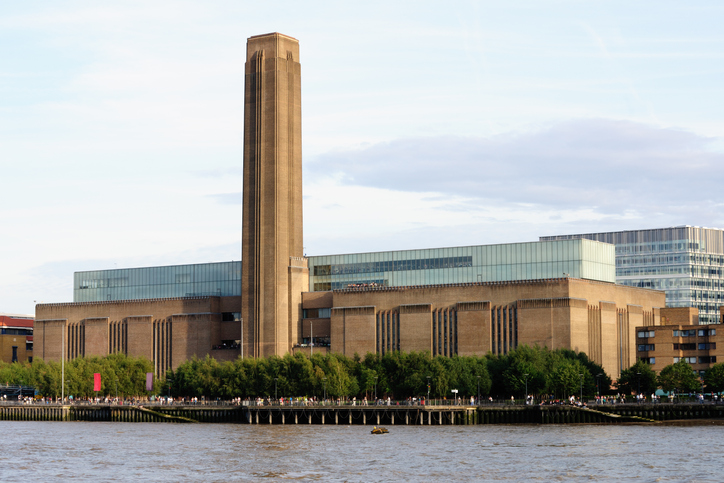Mailing List
To help us keep you updated with our handy guides and other useful news, please consider signing up to our mailing list.
It's quick and easy, and we promise not to send you spam or share your details with third parties.

The Supreme Court has recently held that the Tate Modern’s viewing platform intrudes the enjoyment of neighbouring flats to such a level that a claim in unlawful nuisance was upheld.
In 2016, the Tate Modern opened a viewing platform on its top floor which allowed up to 300 people at a time access to panoramic views over London. Five owners of nearby luxury flats at about the same height as the platform brought a claim in private nuisance, seeking an injunction requiring the gallery to be partially closed, or alternatively for payment of damages as compensation for the intrusion. The flats had wall to ceiling windows and residents found that the museum’s visitors had a direct view into their living areas. This claim was initially dismissed by the High Court and the Court of Appeal and a further appeal was made to the Supreme Court.
Fearn and others v Board of Trustees of the Tate Gallery [2023] UKSC 4
The Supreme Court held that creating the viewing platform was not a “normal” use of the land and therefore there was a right for the owners to complain. Lord Leggatt said: “It is not difficult to imagine how oppressive living in such circumstances would feel for any ordinary person – much like being on display in a zoo.” A distinction was made between the unusual nature of the viewing platform as opposed to another block of flats where residents could see inside neighbouring buildings. The case will now return to the High Court to determine a solution for the owners.
Implications for Developers
The decision supports the view that an activity will not be immune from a private nuisance simply because it benefits from planning permission. Land owners and developers will need to carefully consider any potential visual intrusions of a proposed development on neighbouring land, and the grant of planning permission should not be relied upon as a bar to a nuisance claim.
The Court did emphasise that the viewing platform was a particularly unusual use and the facts were exceptional in nature. Developers will be reassured that the likelihood of a successful claim for a more “usual” development such as flats would be relatively low.
